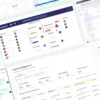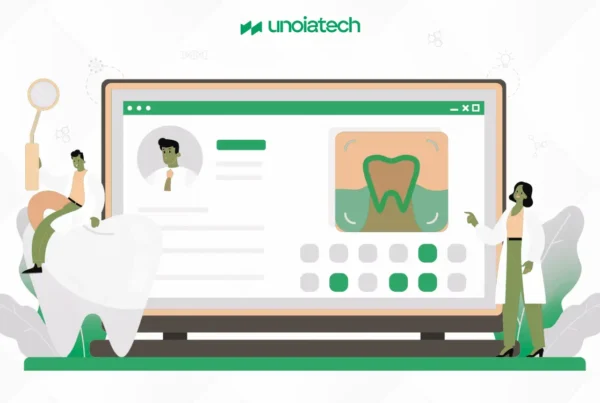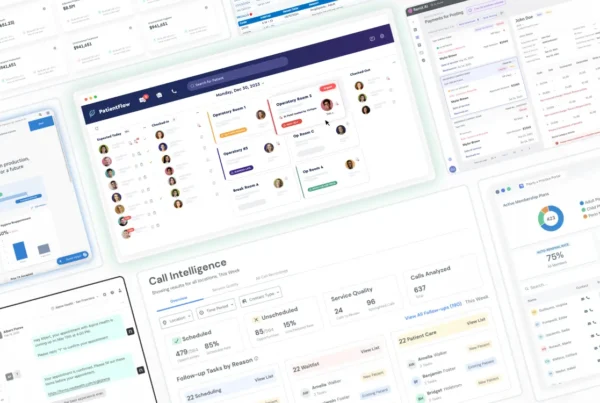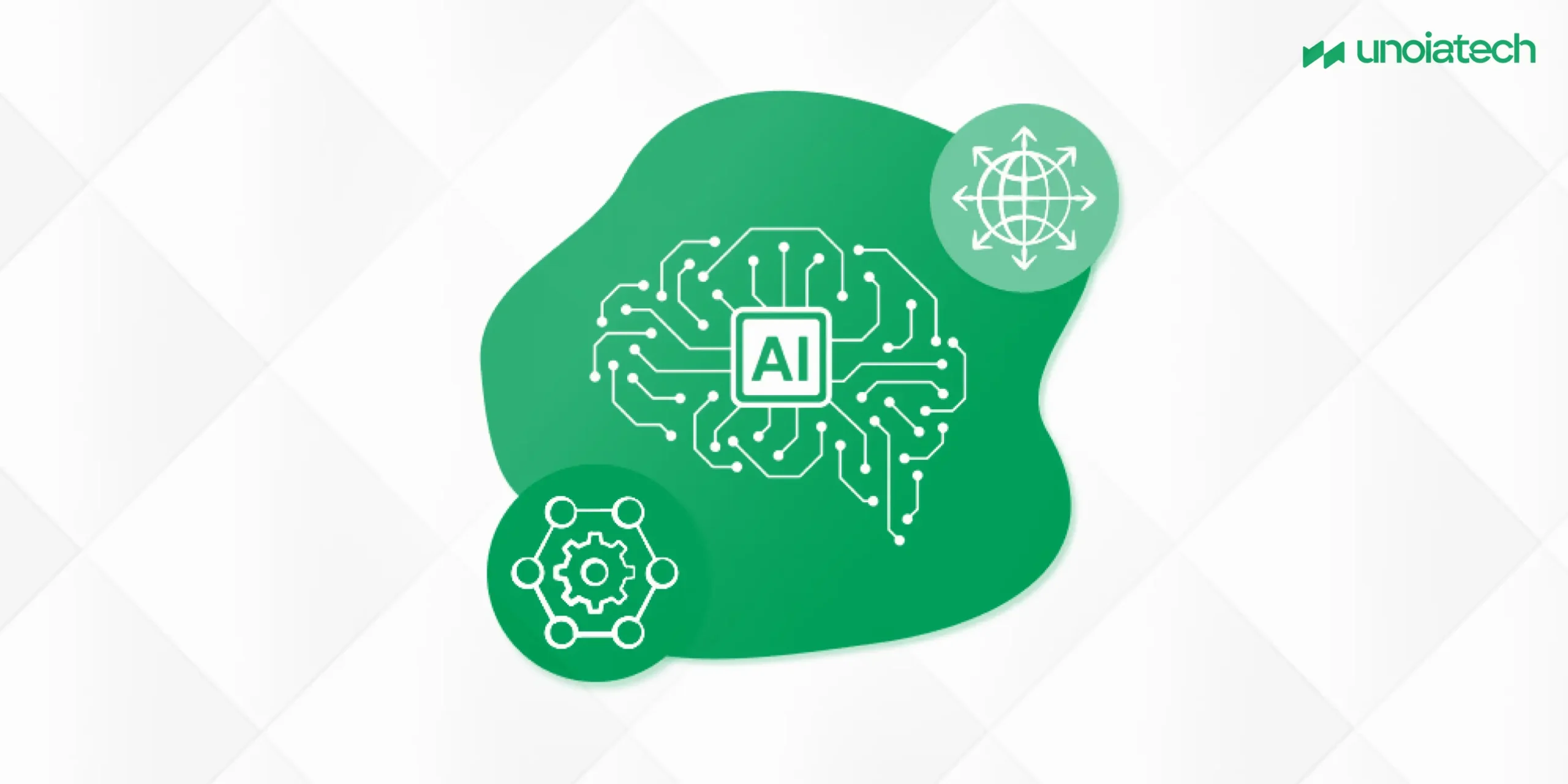
Nearly half of respondents to a 2023 Salesforce study reported that they have used generative AI; over one-third use it daily. Artificial intelligence (AI) has touched virtually all aspects of modern business, from big data analytics to generated content.
Few businesses make full use of AI technology, however. AI-powered tools can take organizations to new heights of productivity by optimizing their processes, which is why many businesses are using them to increase their bottom line. This article explores AI process optimization and its benefits across multiple industries.
What is AI Process Optimization?
AI process optimization is a systematic approach to improving business processes by leveraging artificial intelligence (AI) and machine learning (ML). It identifies inefficiencies, removes unnecessary tasks, and enhances workflow efficiency. AI tools help companies streamline tasks, analyze historical data for market insights, and automate repetitive work, boosting both efficiency and accuracy.
In 2023, the AI market was valued at $196.63 billion, largely due to its ability to rapidly analyze vast amounts of data. This data visibility allows businesses to spot trends and make better decisions to stay ahead of competitors.
By automating mundane tasks, AI process optimization also allows employees to focus on high-priority tasks, driving value while enhancing real-time analysis to identify bottlenecks and inefficiencies.
How AI Optimizes Business Processes
AI process optimization employs several technologies, such as machine learning, computer vision, and natural language processing (NLP), to refine and improve workflows. Here are a few ways AI helps optimize business processes:
 Forecasting results: AI predicts customer behavior by analyzing historical data and market trends, providing businesses with insights to plan effectively.
Forecasting results: AI predicts customer behavior by analyzing historical data and market trends, providing businesses with insights to plan effectively.- Identifying bottlenecks: AI solutions quickly detect inefficiencies or bottlenecks in workflows that slow down processes.
- Automating repetitive tasks: AI automation speeds up tedious, repetitive tasks, reducing manual error and freeing employees for higher-value work.
- Streamlining end-to-end processes: AI combined with other automation technologies, like robotic process automation (RPA), helps improve entire workflows.
- Speeding up decision-making: AI uses data patterns to assist leaders in making well-informed decisions quickly.
- Redesigning inefficient processes: AI highlights inefficient steps and suggests redesigns to streamline workflow.
Forecast Results
AI process optimization allows businesses to predict events before they happen through predictive analytics. For instance, a transportation company could anticipate the impact of natural disasters on deliveries and adjust routes accordingly. Predictive capabilities allow companies to plan for various scenarios, improve operational efficiency, and make quicker, more informed decisions.
Identify Bottlenecks
Traditional methods of identifying bottlenecks—like flowcharts or time trackers—can be time-consuming and inefficient. AI software, however, can instantly analyze and track processes, identifying points of delay or inefficiency. Long queuing times or significant idle time can indicate bottlenecks, and AI helps businesses resolve these quickly by mapping tasks more effectively.
Automate Repetitive Tasks
AI process optimization is perfect for automating routine tasks at high volumes. AI-powered solutions can automate document processing, saving time and reducing human errors. Intelligent document processing (IDP), for example, converts documents into usable data without manual input, ensuring smoother and more accurate operations.
Streamline End-to-End Processes
Automating entire workflows requires tools beyond AI alone. By using AI in conjunction with robotic process automation (RPA), businesses can further streamline complex processes. For instance, AI can detect anomalies in real-time supply chain data and notify managers, while RPA bots take corrective actions, like placing restocking orders. This combination significantly speeds up decision-making and minimizes disruptions.
Speed Up Decision-Making
AI process optimization also enhances decision-making by quickly analyzing large data sets to identify trends and predict outcomes. For example, AI models can help businesses understand how price changes will affect profitability, enabling optimal pricing decisions without risking revenue loss. In financial sectors, AI helps loan officers evaluate borrower risks faster, resulting in better and faster decisions.
Redesign Inefficient Processes
AI’s ability to detect inefficiencies within processes is invaluable. By identifying redundancies and delays, AI gives businesses the data they need to make targeted improvements. This real-time feedback allows companies to continuously refine their processes, improving efficiency and performance.
Benefits of AI Process Optimization
The major benefits of AI process optimization include improved operational efficiency, fewer errors, cost savings, and standardization.
- Improved operational efficiency: AI helps identify and eliminate inefficiencies, allowing businesses to reduce repetitive tasks and increase productivity.
- Fewer errors: By automating data entry and other repetitive tasks, AI minimizes human errors and ensures regulatory compliance.
- Cost savings: AI process optimization uncovers hidden waste, such as errors and bottlenecks, that can inflate operational costs.
- Process standardization: AI ensures consistency in workflows, making it an ideal solution for standardizing disjointed processes across an organization.
AI Process Optimization Examples
Industry leaders are already deploying AI process optimization to improve business functions like IT, procurement, and HR. Here are a few notable examples:
- IT (Microsoft): Microsoft uses AI to automate access controls, detect and repair network issues, and improve overall operational efficiency.
- Procurement (Shell): Shell has deployed AI to reduce equipment wear during exploration and enhance safety at fuel stations with AI-driven cameras.
- HR (RPG Group): RPG Group utilizes AI to automate employee queries, reducing the time required for ticket resolution and improving HR efficiency.
Conclusion
AI process optimization is a game-changer for businesses aiming to reduce errors, minimize risks, and boost productivity. By leveraging AI, organizations can transform their workflows, cut costs, and focus on growth. Whether in IT, procurement, or HR, AI-driven tools enable companies to make smarter, faster decisions. Start streamlining your processes with AI today and unlock your organization’s full potential.


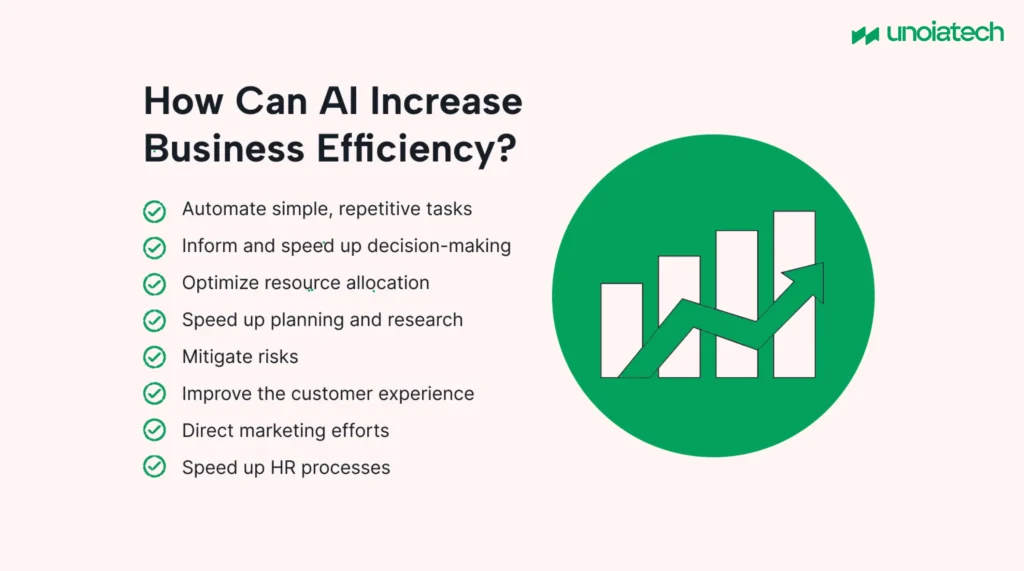 Forecasting results: AI predicts customer behavior by analyzing historical data and market trends, providing businesses with insights to plan effectively.
Forecasting results: AI predicts customer behavior by analyzing historical data and market trends, providing businesses with insights to plan effectively.
